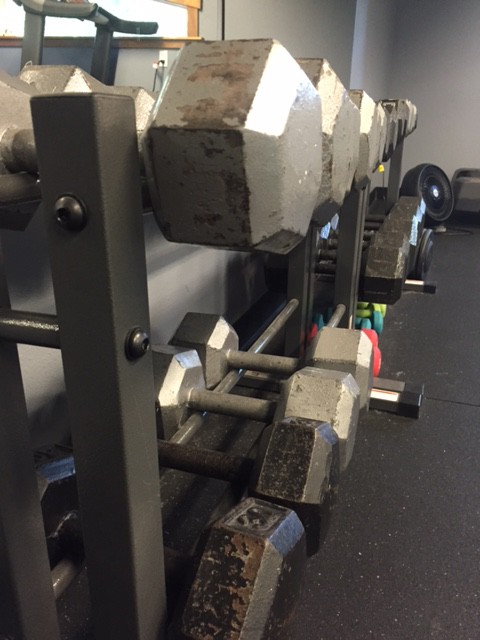A lot of people do cardio and strength training in the same session, which is okay if the goal is overall fat loss. The combo can be counterproductive for those interested in strength gains if the cardio being done is of medium to high intensity.
How to optimize strength gains by avoiding concurrent training
Skeletal muscles know the difference between cardio and resistance training. They become confused by multiple activations within a short time. The two exercises use different physiological adaptive mechanisms which can compete with one another. The addition of high intensity cardio can increase the delayed onset muscle soreness (DOMS). This results in longer necessary rest periods to bring the muscles back and ready to train again.
Testosterone levels were measured across different modes of training: strength alone, endurance alone, and concurrent. This was highest in the first one and lowest in the endurance, and concurrent groups.
If you’re main goal is overall fat loss and not resistance training alone, then concurrent training is a great way to achieve that. I would recommend longer rest periods and make sure the same muscles do not get worked more often than every 48hrs. If you’re objective is simply to gain strength, stick with just resistance training, and low intensity cardio is still okay.




